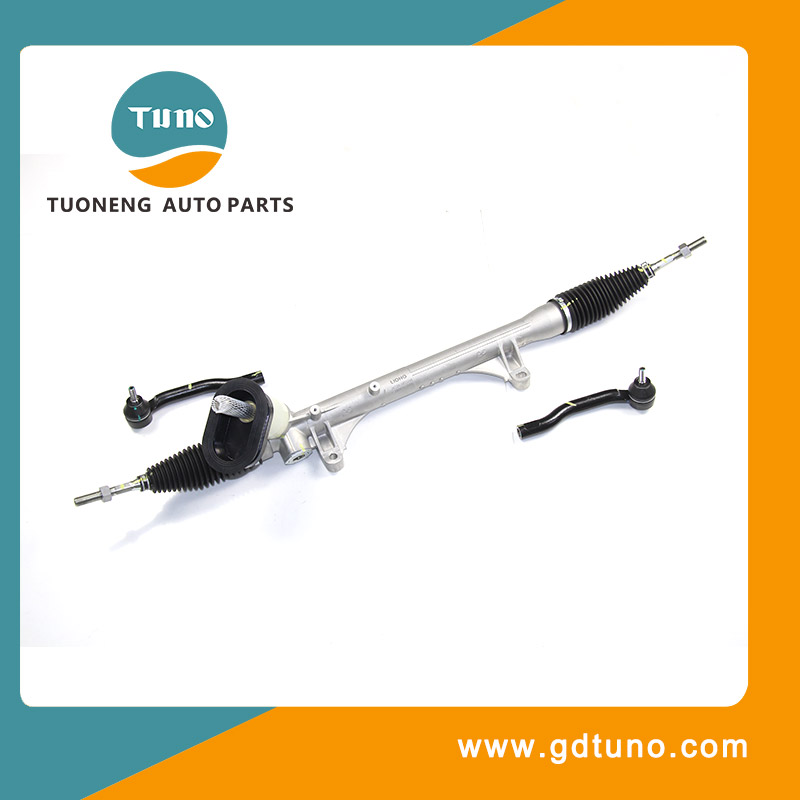Understanding the Automobile Steering System: The Heart of Vehicle Control
2025-06-12
When it comes to driving, one of the most crucial systems that ensures safety, comfort, and control is the automobile steering system. It’s the mechanism that connects the driver’s input to the wheels, allowing precise maneuvering on the road. Whether you’re a car enthusiast or a daily commuter, understanding how the steering system works can give you a greater appreciation of your vehicle’s performance and maintenance needs.

What Is an Automobile Steering System?
The automobile steering system is a collection of components that allow the driver to guide and control the direction of the vehicle. At its core, it translates the rotational movement of the steering wheel into the turning of the front wheels, enabling the car to navigate curves, corners, and straight paths.
Key Components of a Steering System
Steering Wheel: The interface where the driver inputs directional commands.
Steering Column: Connects the steering wheel to the steering mechanism, sometimes incorporating a tilt or telescoping feature for comfort.
Steering Gearbox or Rack and Pinion: Converts the rotational movement of the steering wheel into lateral movement to turn the wheels. Rack and pinion is the most common modern design.
Tie Rods: Connect the steering gear to the wheels, transmitting the motion necessary to pivot the wheels.
Power Steering Pump: In power steering systems, this pump assists the driver by reducing the effort needed to turn the wheel.
Steering Knuckles and Suspension: Allow the wheels to pivot and absorb shocks, maintaining control and comfort.
Types of Steering Systems
Manual Steering: Relies solely on the driver’s physical effort to turn the wheels. Mostly found in older or smaller vehicles.
Hydraulic Power Steering: Uses hydraulic fluid pressure to assist steering, making it easier to turn the wheel, especially at low speeds.
Electric Power Steering (EPS): Uses an electric motor for assistance, improving fuel efficiency and allowing for advanced driver assistance features.
Electro-Hydraulic Steering: A hybrid system combining hydraulic and electric components.
Why Is the Steering System Important?
Safety: Precise steering allows drivers to avoid obstacles and maintain control under various driving conditions.
Comfort: Power-assisted steering reduces fatigue, especially during long drives or city traffic.
Performance: Responsive steering enhances handling and driving enjoyment.
Vehicle Longevity: Proper steering maintenance helps prevent uneven tire wear and damage to suspension components.
Maintenance Tips for Your Steering System
Regularly check power steering fluid levels if applicable.
Listen for unusual noises like whining or clunking when turning.
Inspect steering components for wear or damage.
Ensure proper wheel alignment to avoid steering pull and uneven tire wear.
Address steering issues promptly to maintain safe driving conditions.
Conclusion
The automobile steering system is a vital part of your vehicle that directly impacts safety, comfort, and driving experience. Advances in technology continue to improve steering precision and ease, but proper maintenance remains key. By understanding your steering system and caring for it well, you can enjoy smoother rides and greater confidence behind the wheel.


